The Queensland government will invest $40 million (USD 26.6 million) to establish a local renewable energy zone (LREZ) in the Sunshine Coast suburb of Caloundra that will see the deployment of up to 8.4 MW / 18.8 MWh of battery energy storage to support 2.8 MW of existing and additional rooftop solar and share it across the local network during demand peaks.
The government funding includes $3 million to optimise the size of behind-the-meter customer assets including rooftop solar, batteries, electric vehicles (EVs), home energy management systems and dynamic connections for the Caloundra LREZ pilot project.
The project is expected to deliver 0.9 MW of demand management shared across approximately 550 residential and commercial customer sites from January 2025.
State government-owned distribution network operator Energy Queensland said the Caloundra project and other LREZs in planning will be complete local energy systems for communities, coordinating generation from rooftop solar installations, EVs, customer batteries, hot water systems, and community and network batteries with the existing network infrastructure.
Energy Queensland Chief Engineer Peter Price said transforming the network into a series of LREZs could triple the capacity to connect residential rooftop solar and deliver the peaking power equivalent to a coal-fired generator.
Price said there is already more than 5 GW of rooftop solar connected to Energy Queensland’s distribution networks which is more than three times the size of the state’s largest coal generator.
“This is a once-in-a-generation opportunity to modernise our electricity grid,” he said. “We have the rooftop space and the capacity within the electricity network to do this quickly.”
The Caloundra LREZ will seek to mimic how customers manage their distributed energy resources at a community level, co-ordinating the energy use among all local community members and businesses before exporting any excess to the transmission network.
Caloundra MP Jason Hunt said the beauty of the LREZs is that they can also be designed to be fit for purpose for each community and will be scalable for urban, regional, remote and isolated communities.
“LREZs will also create business opportunities and jobs in our clean energy market and supply chain, by providing opportunities for businesses to invest in rooftop solar, and further stimulating battery manufacturing, solar and storage installation, and electric vehicle (EV) charging infrastructure industries,” he said.
Popular content
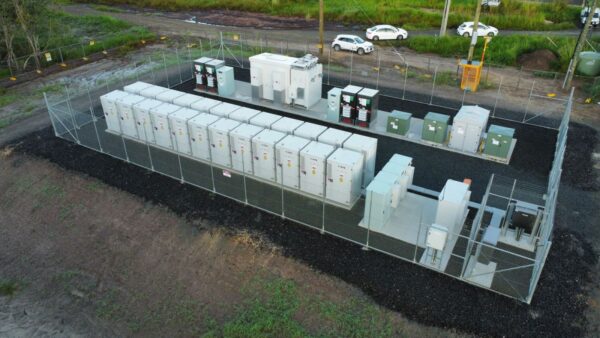
Image: Energex
Energy Queensland said the LREZs will help improve the reliability and resilience of energy supply and reduce the infrastructure investment required in the electricity distribution system by smoothing peak solar energy profile.
It is also expected they will play a key role in readying the grid for more EVs by co-locating solar, storage, and EV charging to reduce the need to upgrade the grid as demand for EV infrastructure grows.
The pilot project includes a partnership with universities and peak body organisations such as the Smart Energy Council to research key elements of the program to inform the future design and development of LREZs across Queensland.
Energy Queensland has also received the go-ahead to build another 18 new local network-connected batteries across the state with $240 million committed in the recent state budget.
The new batteries will make up Stage 5 of Energy Queensland’s Network Battery program which has seen 30 local network-connected batteries and three different flow battery systems built, or currently under construction, across the state.
“Our local network-connected batteries, coordinated with home battery systems, hot water, solar and EVs, will enable Queenslanders to become active participants in our shared energy system,” Price said.
This content is protected by copyright and may not be reused. If you want to cooperate with us and would like to reuse some of our content, please contact: editors@pv-magazine.com.




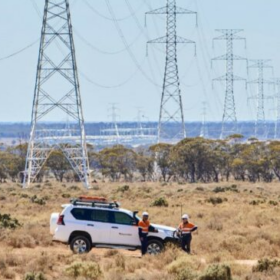
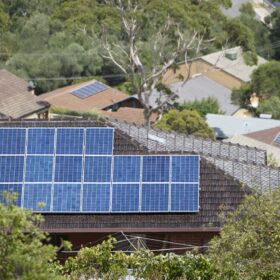

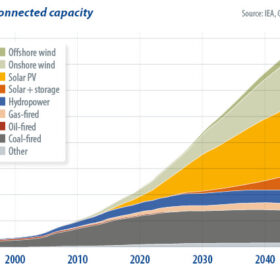
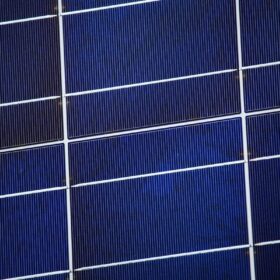
Solar and batteries to provide “Peaking power equivalent to a coal powered generator” is a misleading claim. If sun doesn’t shine some days which often happens in our wet season then very little volts will be produced to power anything on those days.